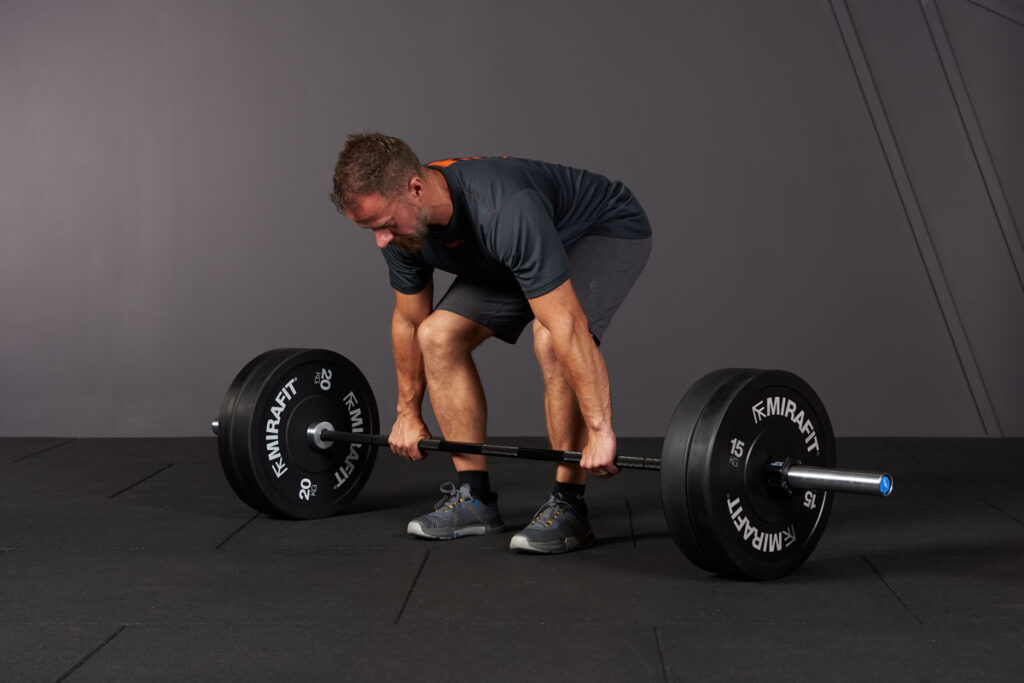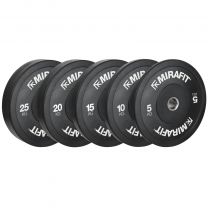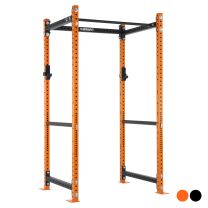Partial Deadlifts vs Full Deadlifts
Partial Deadlifts vs Full Deadlifts

The Barbell deadlift and its variations are a fantastic exercise for strengthening the lower body, as well and the lower back and the trunk. But the traditional deadlift variation may not be suited to everyone, which is where we can use different variations to suit everyone’s needs. The partial deadlift, also known as a rack-pull is a great example of this.
What is a Partial Deadlift?
The partial deadlift, or the rack-pull, is simply a deadlift with a reduced range of motion, performed inside a Power Rack . Because of the reduced range of motion in a rack pull, we can lift much more weight than a full deadlift. It is important for safety purposes that the power rack and pins can cope with heavy weights without being compromised.
What is the Difference Between a Partial Deadlift and an RDL?

An RDL, or Romanian deadlift, places a large emphasis on the lowering portion of the lift, otherwise known as the eccentric phase. While they may often look like a partial range of motion, comparatively to the traditional deadlift, they are not limited to a partial range of motion and often work the hamstrings through a larger range of motion than a traditional deadlift, especially if performed with relatively straight legs.
The rack pull, on the other hand, tends to be used to focus more on the concentric phase of the lift (the lifting phase), typically from knee height, or just above or below, up to the hips, before resetting back on the horizontal pins of the power rack.
When Should You Use a Partial Deadlift?

To Improve Your 'Lockout' Strength
The limiting factor in a lot of competitive strength athletes, like powerlifters or strongmen, when maxing out their deadlifts and looking to achieve a new personal best, is their ability to lock out at the top. If this is the weakest part of your lift, try using partial deadlifts alongside your traditional deadlifts to build extra strength during your weak point.
To Regress Your Deadlift to Manage Injuries
The reduced range of motion gives us an opportunity to reduce the load we put on our lower body and spine during a hinge pattern. Partial Deadlifts may be a good exercise to use in your training if you are managing or returning from an injury which debilitated your ability to deadlift from the floor.
To Regress Your Deadlift to Manage Fatigue
This principle can also be used for general fatigue management, which is really important in sports like rugby or football, of which need to maintain strength throughout a long season, while also managing their fatigue to allow for optimal performance on the pitch 1-2 times a week. You may therefore swap the deadlift for a partial deadlift during a tough competitive week to simply reduce gym-based fatigue.
The Do's and Don'ts of Partial Deadlifts

Do
Treat it like a normal deadlift, respecting the weight on the bar as if you were lifting it off the floor, bracing and getting tight under the bar before pushing the floor away to stand up.
Don't
Bounce the bar off the pins to give you more momentum to lift the bar up on each rep. While not inherently dangerous, it makes it very hard to know how hard you have worked because of the huge variability it will induce between reps. So, instead, slowly lower the weight back to the pins and reset on each rep the same as the last.
Remember, there are very few bad exercises. The partial deadlift certainly isn’t one of them but applying it with a specific purpose, like in the above examples, will get you the best results from the exercise.
Want more deadlifting in your life? Check out our guide on the Romanian deadlift or a stiff leg deadlift
Written by guest author Ewan Hammond.
For more content, follow us on Instagram, YouTube, TikTok, and on our official Mirafit Facebook page.
Enter your email to signup to our newsletter
Tags: Equipment > Power Racks and Cages ; Equipment > Bars and Weight Plates ; Exercise Type > Strength







